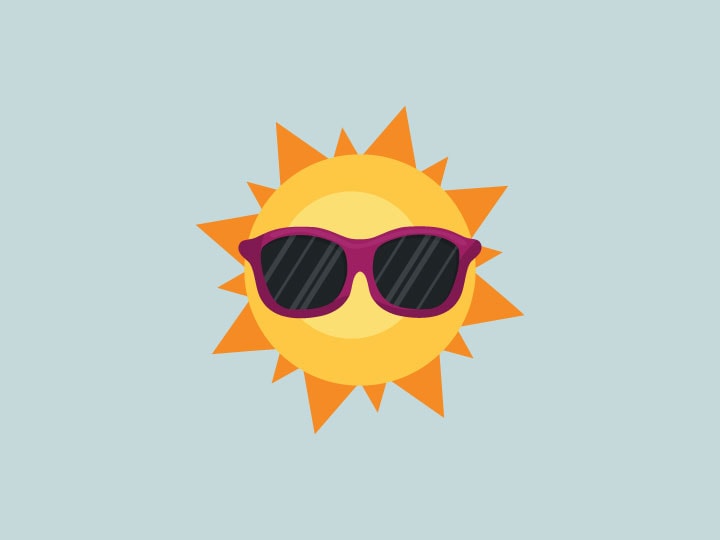Did you get a little too much sun last weekend? July 3 is Stay Out of the Sun Day. Older adults face a unique set of challenges when it comes to sun exposure and dehydration.
According to the Center for Disease Control (CDC), roughly 18% of older adults opt out of using any form of sun protection. Interestingly, there’s a gender split with the older adults who do choose to use sun protection with older men opting for wearing clothes that fully cover their body and older women opting to use sunscreen. Sunscreen use was popular with men and women.
How to best protect yourself from the sun
- Avoid tanning beds
- Apply sunscreen to every body part the sun touches (including under your mask!)
- Stay out of the sun between 10am-4pm when the sun’s rays are strongest
- Try to stay in the shade and avoid direct sunlight if possible
- Wear loose-fitting clothing to reduce exposure
- Wear SPF 15+ sunscreen every day
- Reapply sunscreen every 2 hours and after swimming/sweating
- Check your skin regularly for abnormalities
Older Adults and Dehydration
According to the Mayo Clinic, older adults have less water in their bodies and are more likely to have health conditions or take medications that put them at a greater risk for dehydration. Older adults may also have difficulty obtaining water if they’re thirsty due to mobility issues. Individuals with cognitive impairment (e.g., dementia) may not remember to drink water.
Signs of Dehydration (* = specific to older adults)
- Confusion
- Dizziness
- Diarrhea*
- Excessive sweating*
- Fatigue
- Fever*
- Frequent urination*
- Dark yellow urine
- Feelings of extreme thirst
- Vomiting*
Avoiding dehydration
- Drink water (especially if you’re more active or it’s especially warm outside)
- Set reminders to drink water if you have trouble remembering
- If you don’t like drinking plain water, enhance it with fruit or herbs
- Eat fruits and vegetables that are high in water content (e.g., watermelon)
Stay safe out there!






